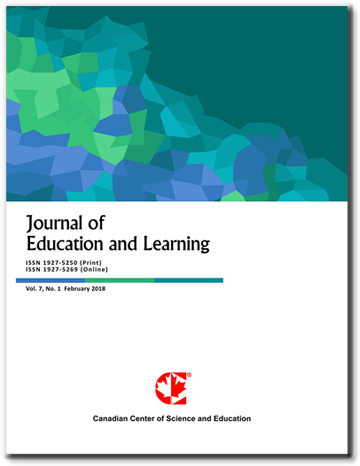Indicators and Approaches for Developing Leadership of School Administrators in the New Normal Era in Schools Under the Primary Educational Service Area Office in the Northeast
- Paramech Nimma
- Prayuth Chusorn Chaiyuth Sirisuthi
Abstract
Research on developing leadership indicators and approaches is crucial for school administrators in the new normal era. It helps them adapt to rapid changes, integrate digital technologies for effective management, and foster educational resilience amid uncertainties. Strong leadership ensures schools remain innovative, stable, and future-ready. This study aimed to develop indicators and approaches for enhancing the leadership of school administrators in the new normal era, under the Primary Educational Service Area Office in northeastern region. The research employed a mixed-methods research, divided into four phases: phase 1 was reviewing relevant literature, academic documents, and research studies to identify key components and indicators; phase 2 was validating the model against empirical data through a questionnaire survey conducted among sample of 400 school administrators under the Primary Educational Service Area Office in northeastern region; phase 3 was developing leadership development approaches based on in-depth interviews with five experts; and phase 4 was assessing the proposed approaches through a qualitative focus group discussion with nine specialists. The findings revealed that: (1) the 50 indicators identified in the study meet the established criteria for appropriateness; (2) the developed model was consistent with empirical data; (3) the leadership development approaches in the new normal era consisted of five key components, ranked by their respective factor loading as follows: digital technology competency, organizational communication, creativity, visionary leadership, and social and legal ethics; and (4) all indicators demonstrated appropriateness, feasibility, usefulness, and comprehensive validity.- Full Text:
 PDF
PDF
- DOI:10.5539/jel.v14n6p273
Journal Metrics
Google-based Impact Factor (2021): 1.93
h-index (July 2022): 48
i10-index (July 2022): 317
h5-index (2017-2021): 31
h5-median (2017-2021): 38
Index
Contact
- Grace LinEditorial Assistant
- jel@ccsenet.org
